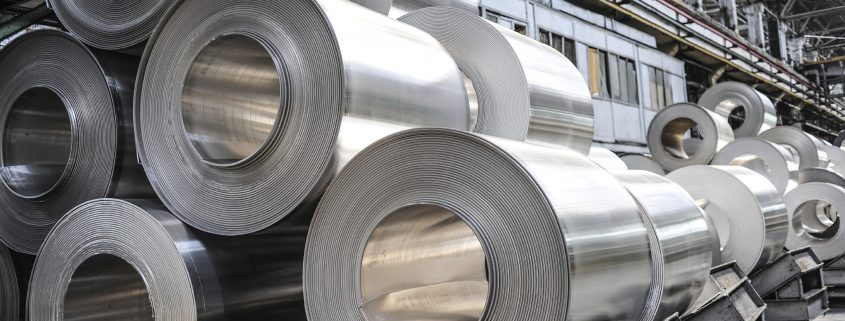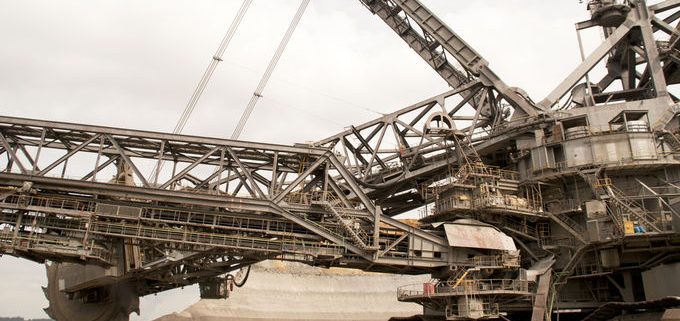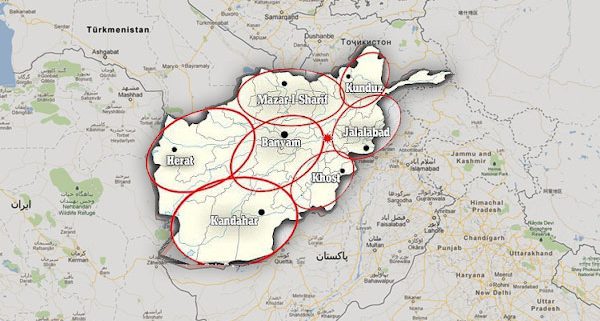Elliott’s BHP acquisition: Dividends Yes; Total Victory – Not yet;
Who lightened the area?
Firstly, if we observe the subject closely, it is inviting to consider BHP Billiton as the one who gouged into demands by Elliott Advisors. As well they seem to have together agreed about selling BHP’s U.S. onshore oil & gas business.
The main thing to mention is that in an official letter from April, Elliott had 3 major points. Two of which were depriving the U.S. shale assets and pushing up the shareholder returns.

But the thing we ask ourselves is, whether the BHP’s decision was firmly inspired by Elliott.. Or it would have happened either way.
Observing the dividends, it is clear that BHP would follow it’s bigger fellow Rio Tinto moves. Trying to return as much cash as possible to their investors. In particular the huge boost of free cash flow coming from higher prices of their base: Iron ore and Coal.
Overview
Last Tuesday BHP said that it would triple its final dividend to $0.43 a share. Which is slightly below the expectations of analysts.
”The world’s largest mining company also posted a five-fold rise in annual underlying profit to $6.7 billion for the year to June 30, which was below the market consensus for earnings of around $7.4 billion. (Reuters)”
It could be argued the increase in the dividend was generous.
Second thing worth mentioning, is that BHP decided to pay down net debt. The debt was at the beggining reduced at $10 billion, and this move is definitely to strengthen the company’s balance sheet.
Furthermore, it is possible that Elliott would have preferred the FCF being generated by BHP & used for a share buyback. Makes it much more effective than being used in cutting debt.
“We have determined that our onshore U.S. assets are non-core.”
“We are actively pursuing options to exit these assets for value.” BHP said in its results presentation (Reuters)
Elliott definitely deserves credits for finding a way to enter BHP’s underperforming assets. It is also clear that at some point they saw that $20 investment in shale, made 6 years ago, was not the greatest move they made.
Investors Aims
What is likely to be of more relevance to Elliott, and other investors, is how sustainable are BHP’s increased dividends.
When making a commentary, the company was very cautious. Stating that Crude Oil prices will trend higher. Steel demand will slightly grow. While the cost curve for the iron ore is going to continue flattening.
BHP is seeing a slight uncertainty in China’s metallurgical coal; but the outlook for overseas market is in all positive.
In tanto, it seems that BHP isn’t expecting the prices of its major commodities to rally strong. But, it equally it is not forecasting any important declines.
In conclusion, the company should remain a strong generator of cash. Adding & assuming it remains committed to capital discipline. Returns to main shareholders can increase. But, it’s highly unlikely that the massive jump in dividends, as the one from June 30th will repeat soon…














 In Japan, the benchmark Nikkei 225 closed down 91.21 points, or 0.49 percent, at 18,335.63, while the Topix slid 9.24 points, or 0.63 percent, to 1,459.07. Across the Korean Strait, the Kospi closed down 13.73 points, or 0.64 percent, at 2,134.88. Chinese mainland markets were also down — the Shanghai composite finished down 31.47 points, or 0.96 percent, at 3,244.48 and the Shenzhen composite fell 28.01 points, or 1.39 percent, to 1,986.64. Taiwan’s Taiex fell 103.75 points, or 1.05 percent, to 9,732.93. (CNBC info)
In Japan, the benchmark Nikkei 225 closed down 91.21 points, or 0.49 percent, at 18,335.63, while the Topix slid 9.24 points, or 0.63 percent, to 1,459.07. Across the Korean Strait, the Kospi closed down 13.73 points, or 0.64 percent, at 2,134.88. Chinese mainland markets were also down — the Shanghai composite finished down 31.47 points, or 0.96 percent, at 3,244.48 and the Shenzhen composite fell 28.01 points, or 1.39 percent, to 1,986.64. Taiwan’s Taiex fell 103.75 points, or 1.05 percent, to 9,732.93. (CNBC info)
 , the yen strengthened to 108.92 against the greenback Friday afternoon local time, after weakening to an earlier high of 109.22. The Japanese currency remained stronger than levels above 110.7 reached against the dollar earlier in the week.
, the yen strengthened to 108.92 against the greenback Friday afternoon local time, after weakening to an earlier high of 109.22. The Japanese currency remained stronger than levels above 110.7 reached against the dollar earlier in the week.
 nternational Trade Comision is doing a research on this subject. It is scheduled to make a preliminary decision on May the 8th. The decision will be about whether such imports from Argentina and Indosnesia hurt U.S. economy and its diesel producers.
nternational Trade Comision is doing a research on this subject. It is scheduled to make a preliminary decision on May the 8th. The decision will be about whether such imports from Argentina and Indosnesia hurt U.S. economy and its diesel producers.



